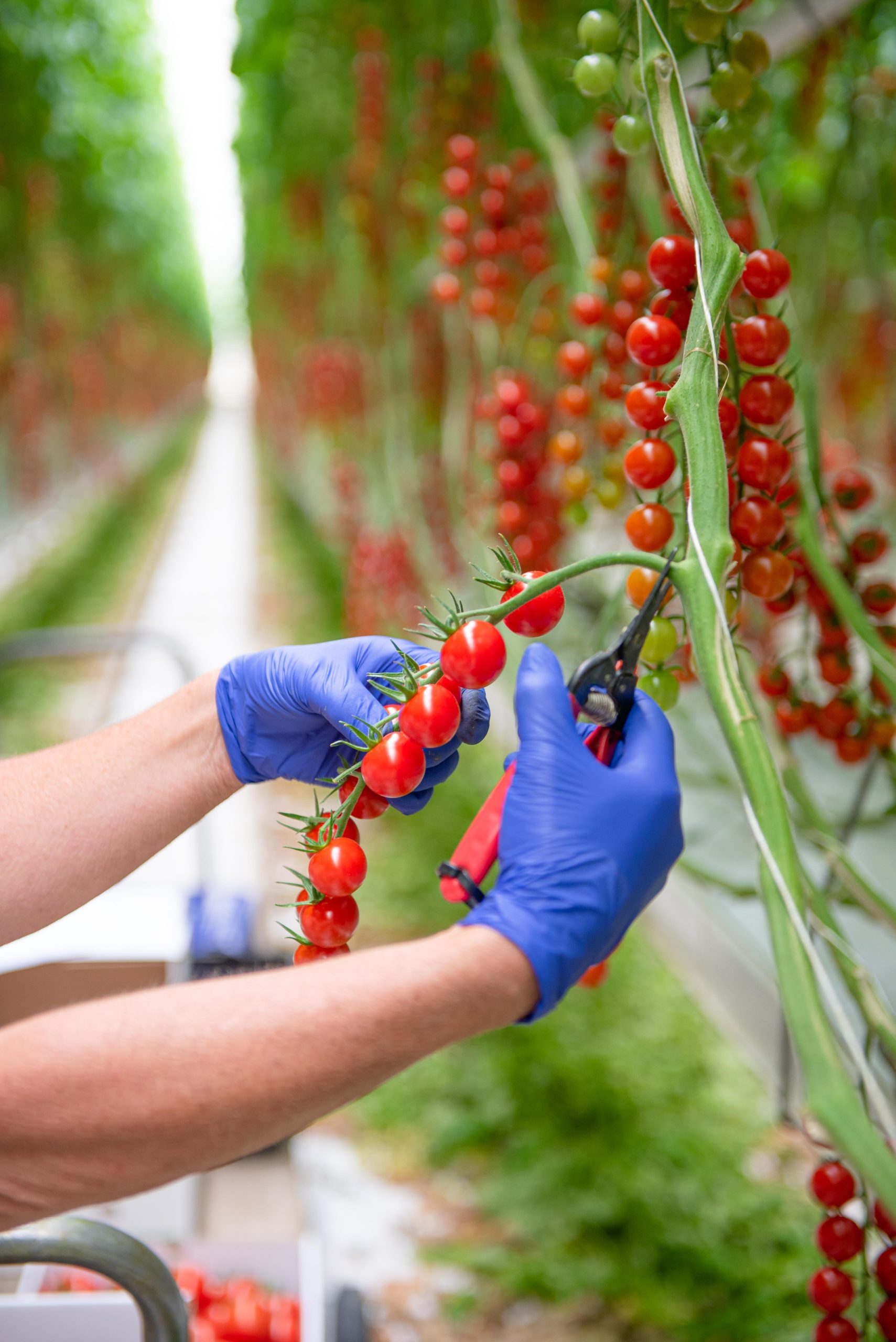Just because the temperatures have dropped doesn’t mean you have to say goodbye to fresh, home-grown tomatoes! Growing tomatoes indoors during the winter is not only possible but also rewarding. With a few easy-to-follow steps, you can bring the vibrant taste of summer into your kitchen all year round. Here’s a guide to help you successfully cultivate fresh tomatoes indoors throughout the colder months.
- Choose the Right Tomato Varieties
Not all tomato varieties are ideal for indoor growing, especially during the winter. Compact or dwarf varieties are typically the best choice because they require less space and grow well in containers. Here are some popular tomato varieties that thrive indoors:
- Tiny Tim: This is a small cherry tomato variety that grows well in containers and produces delicious, bite-sized tomatoes.
- Yellow Canary: Known for its small size, this variety has a mild flavour and grows well in pots, making it perfect for indoor cultivation.
- Red Robin: Another compact cherry tomato variety that is well-suited to indoor conditions, Red Robin tomatoes are small but full of flavour.
These smaller varieties don’t require as much sunlight or space as larger plants, which makes them easier to manage indoors.
- Set Up the Ideal Indoor Growing Environment
To grow tomatoes indoors during winter, you’ll need to replicate the conditions they would typically have outdoors. Here’s what to focus on:
- Light: Tomatoes need a lot of light to thrive—about 10-12 hours a day. Since natural sunlight is limited in winter, consider using grow lights. LED grow lights or fluorescent lights can provide the necessary light spectrum for healthy growth. Place your lights about 6-12 inches above the plants, adjusting as they grow taller.
- Temperature: Tomatoes love warmth, so keep them away from cold drafts, as sudden temperature drops can stress the plants. A sunny windowsill or a warm room with controlled temperature works well.
- Humidity: Indoor heating can dry out the air, which isn’t ideal for tomatoes. They prefer a humidity level of around 60-70%. You can increase humidity by placing a shallow tray of water near the plants or misting them occasionally. Just be cautious not to overwater, as tomatoes can be sensitive to soggy soil.
- Care and Maintenance Tips for Indoor Tomato Plants
Once your tomatoes are growing, regular maintenance will ensure a healthy harvest. Here are some tips to help your plants thrive:
- Watering: Water your tomato plants consistently, keeping the soil moist but not waterlogged. A good rule of thumb is to water when the top inch of soil feels dry. Indoor tomatoes tend to need less water than outdoor plants since evaporation rates are lower indoors.
- Fertilising: Use a balanced fertiliser (such as 10-10-10) every 2-3 weeks. Since they’re growing indoors, tomatoes won’t have access to as many natural nutrients from the soil, so a regular feeding schedule is essential. Once the plants begin flowering, switch to a high-potassium fertilizer to support fruit production.
- Pollination: Unlike outdoor plants that rely on bees and wind for pollination, indoor tomatoes need a little help. Gently shake the stems when flowers appear to mimic natural pollination. Alternatively, you can use a small paintbrush or cotton bud to transfer pollen from one flower to another.
So, don’t let the cold season stop you from enjoying fresh, delicious tomatoes. Follow these steps, and you’ll be on your way to a bountiful indoor harvest. Happy growing!







